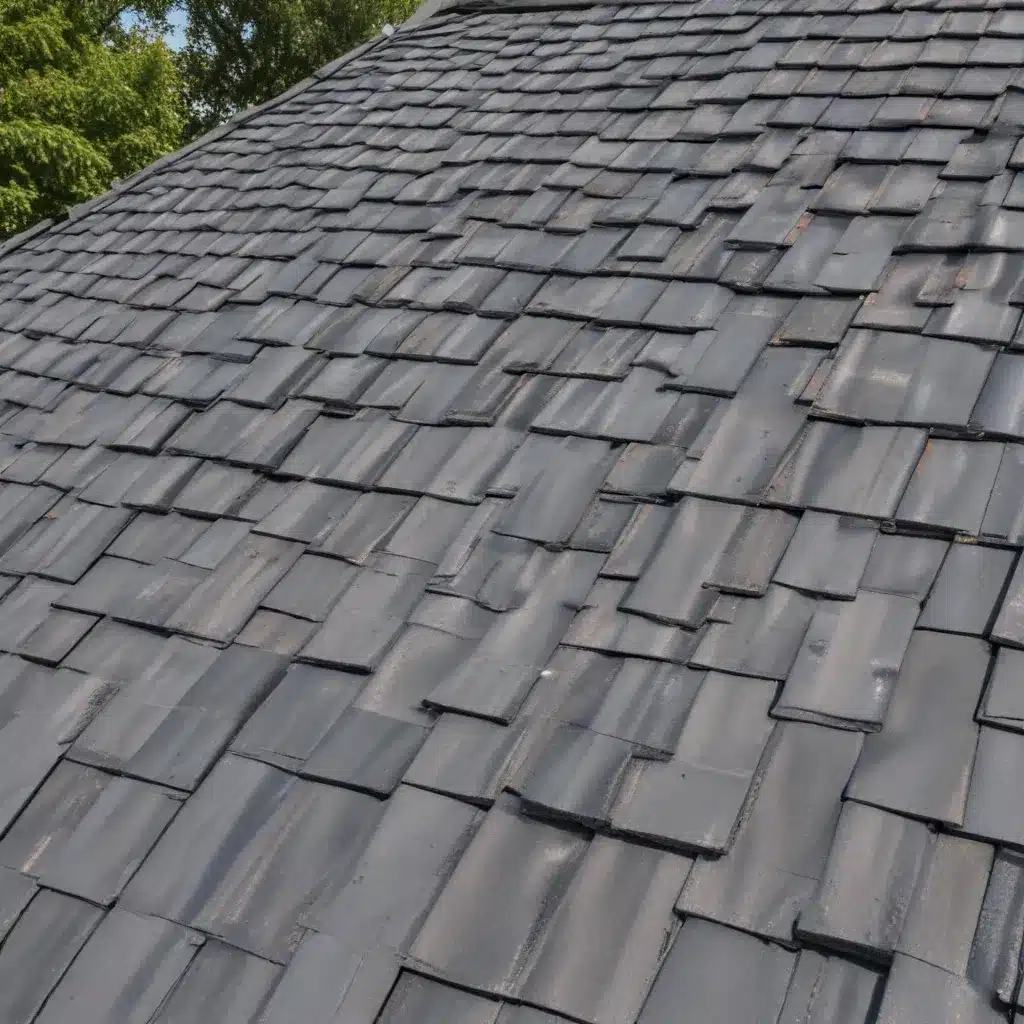
As a seasoned roofing professional, I’ve witnessed the growing demand for eco-friendly and sustainable roofing solutions. In today’s climate-conscious world, homeowners are increasingly seeking roofing options that not only protect their homes but also contribute to a greener future. In this comprehensive article, we’ll explore the top environmentally friendly roofing choices, their benefits, and practical considerations to help you make an informed decision for your home.
The Rise of Sustainable Roofing
The focus on sustainable living has intensified in recent years, and homeowners are now looking for green options that serve as a good investment. Roofing, often overlooked, plays a crucial role in determining a home’s energy efficiency and environmental impact. Eco-friendly and sustainable roofing prioritizes the environmental impact of roofing materials and practices, encompassing considerations from production processes to longevity and recyclability.
By choosing eco-friendly roofing solutions, homeowners can contribute to a greener future while enjoying the rewards of innovative roofing technologies. These roofing options not only protect and insulate the home but also contribute positively to environmental conservation and energy efficiency.
Eco-Friendly Roofing Options
Metal Roofs
Metal roofs stand out as a highly durable and eco-friendly option, boasting a lifespan of 40 to 70 years, which significantly surpasses the durability of traditional asphalt shingles. A key environmental advantage of metal roofing lies in its recyclability. Most metal roofs contain a considerable proportion of recycled material, and importantly, they can be fully recycled at the end of their life cycle, thereby reducing landfill waste. Additionally, metal roofs reflect solar radiant heat, reducing cooling costs by 10-25%.
Clay and Terracotta Tiles
Clay and terracotta tiles are renowned for their exceptional longevity, often exceeding a century with proper maintenance. This durability makes them an environmentally sustainable choice as they require less frequent replacement. These tiles, crafted from natural materials, are biodegradable and non-toxic, adding to their eco-friendly credentials. Their thermal properties are noteworthy, offering natural insulation that keeps homes cooler in summer and warmer in winter.
Cool Roofs
Cool roofs are designed with high reflectivity to minimize heat absorption by reflecting more sunlight. This characteristic reduces the need for air conditioning, leading to substantial energy savings, particularly in hot climates. Cool roofs are especially beneficial in urban areas, where they can mitigate the urban heat island effect.
Recycled Shingle Roofing
Recycled shingle roofing, using rubber, plastic, and wood materials, represents a sustainable roofing solution by transforming waste into valuable roofing materials. This approach significantly reduces the environmental footprint by diverting waste from landfills and minimizing the demand for new raw materials. Many of these recycled shingles are comparable in durability and longevity to conventional options.
Green or Living Roofs
Green or living roofs, characterized by vegetation coverage, offer many environmental benefits. They provide excellent insulation, reduce stormwater runoff, enhance air quality, and effectively counter the urban heat island effect. Beyond their environmental advantages, green roofs create habitats for wildlife and add aesthetic and recreational value, particularly in urban settings.
Solar Roofing
Solar roofing has emerged as a leading environmentally friendly option for homeowners looking to harness renewable energy and reduce their carbon footprint. Solar panels integrated directly into the roofing material allow homeowners to generate clean, renewable electricity from the sun’s rays. This not only helps lower energy bills by offsetting electricity consumption but also reduces reliance on fossil fuels, thereby lowering greenhouse gas emissions and mitigating climate change.
Considerations for Eco-Friendly Roofing
While eco-friendly roofing options offer significant environmental benefits and potential long-term cost savings, they also come with unique challenges and considerations. Homeowners must weigh factors such as:
Upfront Cost
Eco-friendly roofing materials often come with a higher upfront cost than traditional options. Materials like recycled shingles, green roofs, and solar tiles are generally more expensive than standard asphalt shingles. This higher cost can be a significant hindrance for some homeowners.
Availability and Style Options
The availability of eco-friendly roofing materials can vary depending on the location, and there may be fewer style and color options than traditional materials, which can be a concern for those prioritizing aesthetics alongside environmental considerations.
Installation and Maintenance Requirements
Eco-friendly roofs, especially those that are technologically advanced or structurally unique, often require specialized installation and maintenance. For example, green roofs demand regular watering, weeding, and ensuring proper drainage, which can be labor-intensive and require specialized knowledge.
Durability and Lifespan
The durability of eco-friendly roofing materials can vary widely. While some materials, like metal roofing, are known for their longevity and durability, others may not last as long. For instance, green roofs might be susceptible to damage in areas with extreme weather conditions.
Choosing the Right Eco-Friendly Roof
When selecting an eco-friendly roofing option, it’s crucial to consider your local climate, budget, and personal preferences. Consulting with experienced roofing professionals who specialize in sustainable practices can provide valuable insights to help you make an informed decision.
At Roofers in Northampton, we understand the importance of balancing environmental responsibility with practical roofing solutions. Our team of knowledgeable roofers can guide you through the process of choosing and installing the most suitable eco-friendly roofing option for your home. Contact us today to schedule a free consultation and explore the sustainable roofing possibilities that can contribute to a greener future.
Conclusion
As the focus on sustainability continues to grow, the roofing industry has responded with a range of eco-friendly options that offer homeowners the opportunity to reduce their environmental impact while enjoying the benefits of a durable and energy-efficient roof. From metal roofs and recycled shingles to green roofs and solar roofing, the future of roofing is undoubtedly green. By carefully considering the factors outlined in this article and collaborating with experienced roofing professionals, you can make an informed decision and select the eco-friendly roofing solution that best fits your home and your commitment to a sustainable future.

